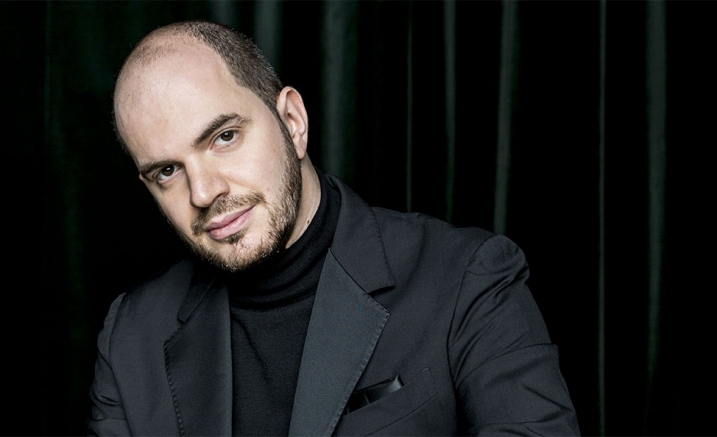The third instalment of the Keys to the City Festival Series with Kirill Gerstein opened with a mesmerising performance of Ravel’s Le Tombeau de Couperin, followed by his Piano Concerto for the left hand and finishing with Gershwin’s Piano Concerto in F.
 Kirill Gerstein. Photo ©
Kirill Gerstein. Photo ©
As one would expect of Ravel, the winds feature greatly in his Le Tombeau de Couperin. The Prélude opens with the oboe and cor anglais presenting the theme, before it moves to the lush strings and then back to the winds. Conductor David Robertson let the sound flutter away before the Forlane, which set up a beautifully picturesque start to the afternoon. The vibrant acoustics of the Town Hall highlighted the warmth of the winds, but higher register winds, flutes especially, were lost in the more tutti sections. This was a recurring problem, their sound tending to be drowned out by the rich wash of strings.
Originally commissioned by Paul Wittgenstein after losing his right arm in war, Ravel’s Left Hand Concerto is a piece whose difficulty poses great challenges for a pianist. It built like a tsunami, starting from the lowest of the contrabassoons and moving steadily upwards before the piano dramatically enters with a domineering cadenza. Ravel showed no mercy in this piece, writing two virtuosic cadenzas – these were large extended chords that Gerstein managed to reach without strain, doubling an orchestra whose size threatened to swamp him in climactic sections.
Gershwin’s Piano Concerto in F was a brilliant conclusion to the afternoon. Witty, accessible and a bit burlesque, its great melodic and rhythmic repetitions were augmented by Gerstein’s ever dynamic and malleable way of playing. The percussion section opened with the wind and brass generating an atmosphere of festivity before the piano entered with a new subject. Yet even the vibrant nature of the piano part did not prevent Gerstein from being drowned out by the orchestra for audience members in the hall’s upper level, making me question the necessity of the large string section. But if Gerstein showed any signs of restraint in the earlier two movements, he cut loose with the third. In the fast movement, he played with a jazz pianist’s freedom, adding new accents and settling on a daringly swift speed. The percussion section did much to sustain the same tempo yet retain as much clarity of rhythmic melody as possible. It was a battle of wills sometimes, Robertson attempting to reel in a pianist having the time of his life. But that freedom is what audiences love, as demonstrated by the cheers that flooded the hall in its wake.












Comments
Log in to join the conversation.